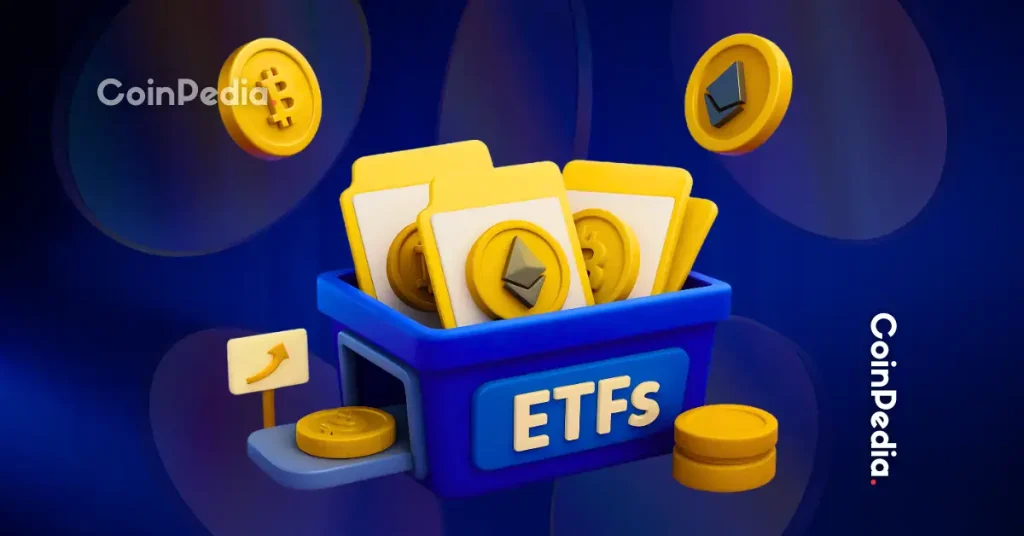
In 2023, even though the market was depressed for much of the year, something called the “open web” grew significantly. Zero knowledge (ZK) technology has made great strides, Layer 2 and rollup-driven tools have taken hold, and new principles have emerged that have garnered a lot of attention.
Towards the era of chain abstraction
All of these trends laid the groundwork for the big evolution for Web3 in 2024: chain abstraction.
The crypto asset (virtual currency) industry is moving into an era of chain abstraction, where infrastructure such as blockchain becomes increasingly invisible to users and developers.
Developers value decentralization, user access, liquidity, speed to launch, and the security and reliability of the infrastructure they use.
On the other hand, most end users (at least those using applications that have the potential to become mainstream) ultimately don’t care about the infrastructure underlying app development.
Users just want great, valuable experiences that are quick, easy, and ideally free. Few people think or care whether a web page is run by Google, Amazon, or something else.
Unified security
Zero-knowledge proofs bring a radically new approach to ledger security. Instead of trusting decentralized validators, ZK cryptography now allows users to prove that rules have been followed with proofs that can be easily executed on a single computer.
This can mean the difference between investing billions of dollars to develop on a secure, shared chain (or spending billions of resources launching a new chain), or setting up a single server. means.
In other words, security doesn’t have to be a deciding factor when developers choose infrastructure. Recent technological advances allow transactions and value on one chain to be settled on another chain (with technical caveats).
Increasingly unified security across networks has major implications for app developers. This is because the decisions required when deciding where to develop will change.
If you can prove what you did with a ZK proof, it doesn’t really matter where you developed it. Unified security also means that liquidity can be accessed from any network and from any layer.
Greater fluidity and security means greater flexibility for both users and developers. Similarly, removing the burden of these choices from users allows the open web to feel more like the Internet today, where you can easily move from app to app without having to manage dozens of wallets and accounts. A single platform experience becomes Kano.
Account aggregation
Another big key to a smooth user experience (UX) is account aggregation, the increasingly tedious need for apps and communities to manage layer 1 and layer 2 accounts. It’s about eliminating sexuality.
For example, the NEAR protocol is working on a multi-chain non-custodial account that enables cross-chain transactions.
To provide a unified experience across all Web3 apps, developers generally need to keep in mind the idea of ”account abstraction.”
This provides developers with a new programmable environment for developing cross-blockchain apps, and combined with a decentralized front end that hides blockchain details from users, it is smoother and more advanced than Web2. It’s a powerful new paradigm that will usher in a new era of great UX.
Near is not alone in believing that a unified cross-chain ecosystem is possible. We are also partnering with Eigen Labs on a fast finality layer for Ethereum rollups and working with Polygon on zkWASM (a zk proof). It is clear that the adoption of the “open web” begins at the user’s entry point to Web3.
Focus on improving UX
Chain abstraction means the end of maximalism. Of course technology is important, and many of us at Web3 are interested in the many innovations and options that differentiate different approaches. However, many people are interested in experiences and products, not infrastructure.
As crypto assets become mainstream, we will see many blockchain, rollup, and infrastructure providers running many different types of applications. But hopefully users won’t have to manage or even know about the technology layer.
The open web makes for a better web, so let’s focus on providing a better experience for our users rather than focusing exclusively on a particular blockchain.
|Translation and editing: Akiko Yamaguchi, Takayuki Masuda
|Image: Shutterstock
|Original text: The Rise of Chain Abstraction and End of Blockchain Factionalism
The post The rise of chain abstraction and the end of chain factions | CoinDesk JAPAN appeared first on Our Bitcoin News.

 1 year ago
150
1 year ago
150














 English (US) ·
English (US) ·